Now and then I would take walks in the state forest in back of our house. I began to wonder what some of the formed stone piles were all about and if the colonists made them, what their purpose was.
At some point I learned more about Native American Ceremonial Landscapes online. This made me more curious so I began to visit the woods more often trying to apply what I had learned to the interesting walls and mounds I was finding all within an area that spanned several acres.
I learned that Killingworth and North Madison were hot spots for these structures and then discovered several books on the subject which I bought over time and will list at the end. I am an amazon affiliate so I make a small commission on them at no extra charge to the buyer.
In this post I am going to include photos of some of the structures in back of me and those from the Buell Hill Complex and other areas around town. I will also try and leave comments as to why the structures are considered from the
Native American colonial period or even earlier.
When I walk back into the woods and up a hill, this is part of a wall that spans the whole ridge. It doesn't enclose anything and forms an L. Native Americans revered high places and often built walls on the ridges. Some hypothesize that they were for protection and others believe they are more for a ceremonial or religious purpose. Natural boulders and ledges are often incorporated within the walls.
Native Americans revered the turtle and often made stone turtle structures or incorporated them into walls. See if you can find a turtle at the bottom of this section of wall...a head with an eye on the side....a flipper on each side of the head and a shell on top of the head.
The two photos above show what appear to be a pathway from the lower level of the woods up to the flatter level above the wall. The large rectangular stone is not part of the ledge and appears to have been possibly quarried. From what I have read the Native Americans could quarry stone using fire and wedges.The photo above features those who came to evaluate the area looking at what seems common to many ceremonial stoneworks and that is non-utilitarian piles of rocks filling in holes or gaps in the wall. They serve no practical purpose but it is thought that it has something to do with the belief that the rocks are carrying the energy or spirits through the wall.
The above photo shows how tall the wall is which is rather unusual for framer's walls and again....the wall does not enclose anything but only forms a line along the ridge and then another short part that goes back which forms an L
Above is another example of rocks filling in an area in another part of the wall
which have no practical purpose
The photo above is of what some say is a doorway for "The Little People"
Above thought to possibly be a celestial observation seat. Another hint that this structure has some meaning is the pile of rocks to the right purposely put there to connect the seat to another large rock outcropping. Again this could be for the flow of energy or spirits
The following several photos are all located in the same section of a huge rock ledge fairly near the wall photos I posted first. This top photo is located over what is a small cave in the photo below. There appears to be sort of a viewing seat in the small cave that faces west. The photo above also looks as if there is a path leading to it and that it could have some significance
The Mohegan preservation officer above, Elaine Thomas, is looking at what could be a serpent or snake coming out from the small cave like seat area.
This is a huge boulder. The photo does not do it justice, Native Americans also thought large boulders held some spiritual significance. If you look closely at the left side of the boulder you can almost see a face profile....eyebrow above then eye, then nose and mouth. You can see it better in real life.
The two photos above show typical short walls that drape over the edge of a hill or ledge. I'm not sure what significance that holds.
More Cairns in same basic area
This is a type of what they call a perched rock with smaller stones underneath a larger rock. Has something to do with the underworld and spirits.
Another triangular rock
Just one of the famous Native American Portraits
Table rock
One can maybe imagine that this pile off of Burr on private land could look like a turtle shape from certain views....head to the right and bottom of small stones and flippers, etcThe red colored diamond shaped rock is interesting and is typical in many cairns
This is a turtle on the side of Burr Hill Rd
The two arrow photos were next to each other pointing in the same direction. This lower photo is a more unusual cairn. In the winter if walking on Schnoor, these can be seen set back a little in the woods.
This is in the same area on Schnoor and is typical. Often rocks are piled inside as they are here. It is thought that the rocks could be offerings or to keep the spirits in the underground.
The following cairns are in the Buell Hill Area
I think that this bottom cairn is fairly easy to imagine as a turtle
This large cairn is in the middle of the road in the Buell Hill Development
The following photos are ceremonial landscapes that my friend Karen Lucibello Diagle discovered and brought me to.
Notice The Triangular rock on top of cairn
The above photo is in the same area as the above cairn and cave and could be imagined as a seat for observing events
This is another example of rocks connecting boulders
Here are a few books I recommend on this subject. The Sacred Landscapes of New England's Native Civilization : MANITOU https://amzn.to/3nZlT28 , Spirits In Stone


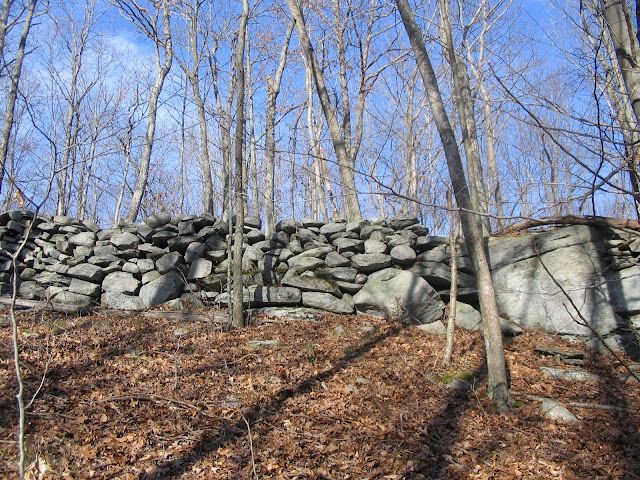












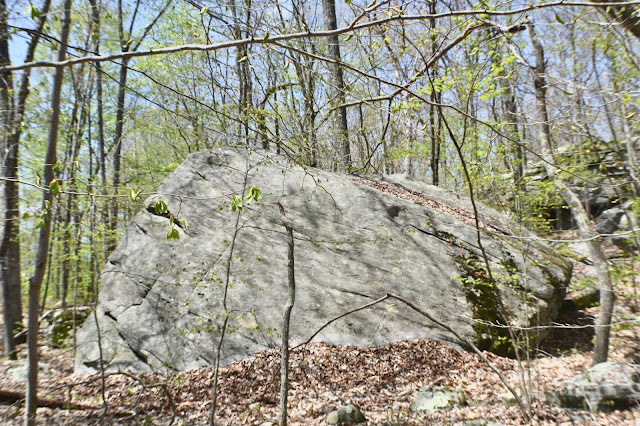

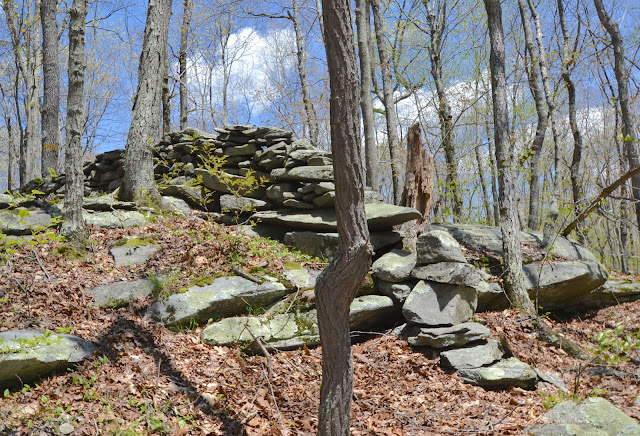



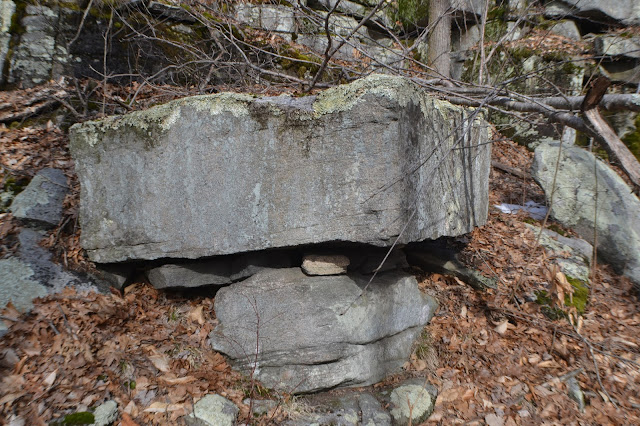

















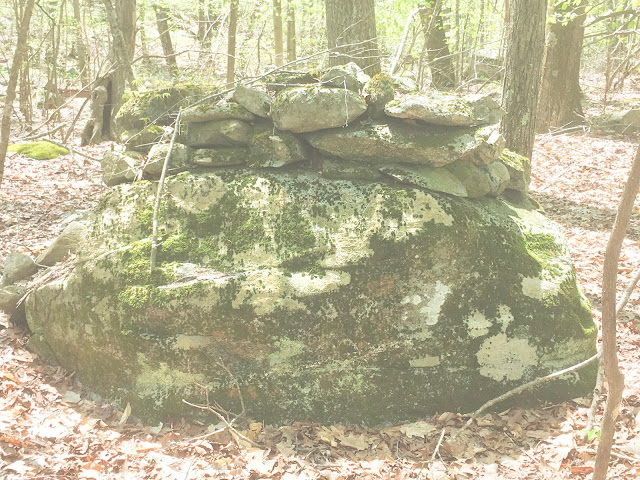







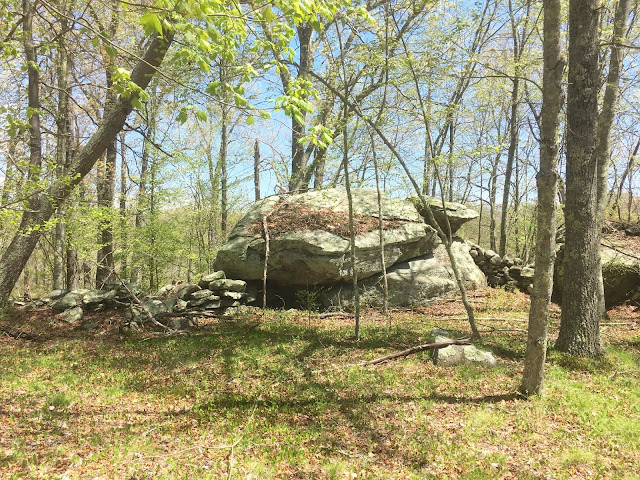

No comments:
Post a Comment